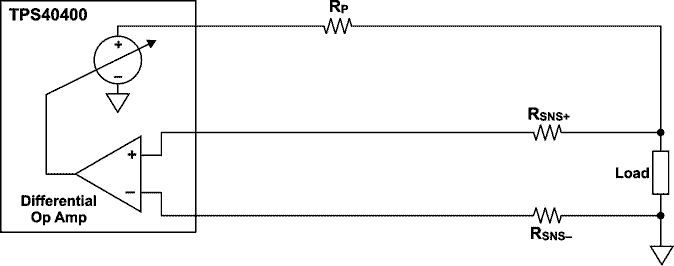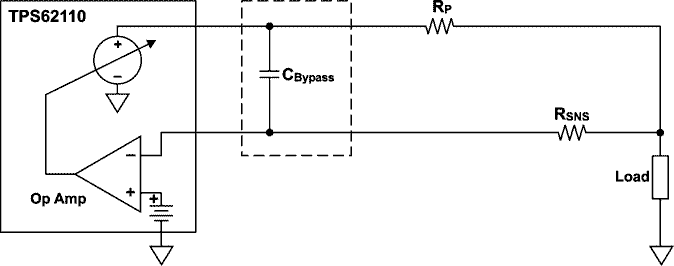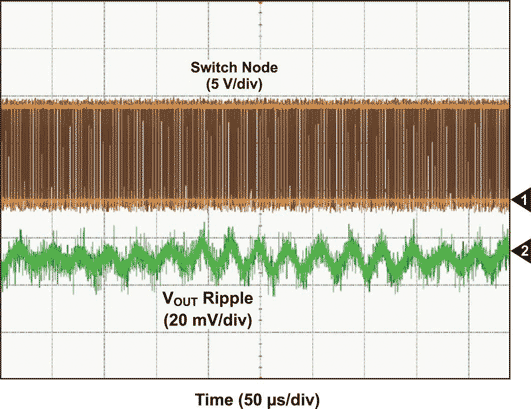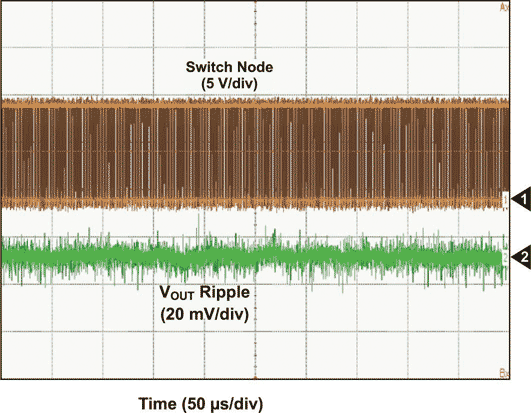Tiger Zhou, Texas Instruments
Remote sensing is widely used in telecommunication applications to meet the demanding accuracy requirements of critical ASICs and processors. This article discusses design considerations for remote sensing, including power-plane shortages, component placement, parasitic resistance, and potential oscillations. Also, a practical example demonstrates the effectiveness of a high-frequency bypass capacitor for mitigating oscillations associated with remote sensing.
In high-end telecommunication applications, the designer often faces the challenges of delivering power across large-scale printed circuit boards. To give precious real estate to critical ASICs and processors, the power supplies are often allocated to the corner or edge of the board. To compensate for the resistive drop of the power path, remote sensing is often used – especially for low-voltage, high-current applications. If not attended to, the dynamic nature of the load coupled with the parasitic resistance of the power path may affect the operation of the power supply.
Reducing power-path impedance
The available power planes can be used to reduce the DC voltage gradient to within regulation tolerance. The power plane helps with DC-regulation accuracy and improves system efficiency by reducing the resistive drop along the power path.
Splitting the output capacitance
It is important for a dynamic load such as a gate driver to split the output capacitance between the supply and the remote load. The output capacitance at the remote load acts as a bypass capacitor for the dynamic load, reducing the ripple/noise current from the delivering path. It also stabilizes the output voltage at a remote sensing point, which makes both the monitoring and the sensing circuitry ore accurate and reliable.
High-frequency bypass capacitor
Adding a high-frequency bypass capacitor at the local power supply is also beneficial. Modern converters are often equipped with a differential amplifier for remote sensing. Two sensing resistors are located near the remote side and connect the load voltage back to the controller by differential pairs. As shown in Figure 1, the Texas Instruments (TI) TPS40400 synchronous buck controller has a dedicated differential amplifier that compensates for the voltage drop across the power-path parasitic resistance (RP).
 |
|
| Figure 1. | Remote feedback to differential amplifier compensates for parasitic-resistance voltage drop. |
If there is no dedicated differential amplifier, the power supply can still be remotely sensed. A remote sense resistor can connect the load voltage back to the converter, compare the load voltage to the reference voltage, and regulate the output voltage. Figure 2 shows the TI TPS62110 step-down converter configured to remotely sense the load and regulate the output for any parasitic-resistance (RP) voltage drop.
 |
|
| Figure 2. | Remote sensing via resistor RSNS regulates the output for RP voltage drop. |
However, when a dynamic load is applied as illustrated in Figure 2, the remote sense line picks up the dynamic voltage and tries to compensate for the voltage drop across the parasitic resistance (RP). This may result in a low-frequency oscillation due to the controller propagation delay. It appears as slight jittering on the switching waveform and causes elevated ripple on the output side. A high-frequency bypass capacitor (CBypass) can easily remedy the situation. It filters out the high-frequency dynamic voltage while keeping the characteristics of DC remote sensing.
 |
|
| Figure 3. | Original output ripple with 33-kHz oscillation. |
A 7-V gate-drive power supply with a 1-µF bypass capacitor was tested with the TPS62110 step-down converter. Figure 3 shows an output ripple with 33-kHz oscillation that occurred when no bypass capacitor was used. Figure 4 shows that the addition of a 1-µF bypass capacitor clearly removed the 33-kHz oscillation from the output voltage and resulted in a low output ripple of 20 mV, which was 0.3% of the regulated voltage.
 |
|
| Figure 4. | Low output ripple with oscillation removed by 1-µF bypass capacitor. |